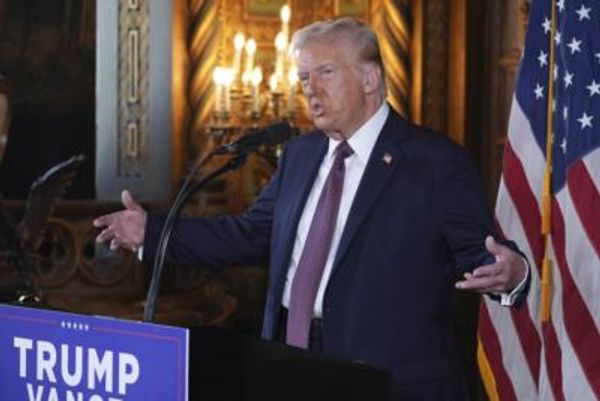
Americans are eagerly anticipating the Federal Reserve to take action and cut interest rates in order to alleviate the burden on borrowers. While inflation levels have been brought under control and interest rates are at a 22-year high, the Federal Reserve is yet to make a move. So, why isn't now the right time to cut rates?
Many policymakers at the Fed are optimistic that inflation pressures will continue to cool as the economy and job market continue to grow. However, they also acknowledge the risk of price increases re-accelerating due to the overall strength of the economy. Some officials believe that more time is needed to evaluate if inflation continues to subside, especially since the economy is solid enough to thrive without any rate cuts.
The cautious approach taken by the Fed is characterized by a willingness to wait and see how the situation unfolds. This patience is driven by the idea that even with 11 rate hikes already in place, borrowing rates are only minimally restraining the economy. It raises questions about the effectiveness of these higher borrowing rates and whether they should remain in place longer or if only a few rate cuts will be necessary.



While this cautious approach may be seen as a luxury due to the economy's current resilience, it carries risks. If borrowing rates continue to remain high, there is a higher possibility that companies and consumers will stop borrowing and spending. This could weaken the economy and potentially lead to a recession. Additionally, banks struggling with bad commercial real estate loans may find it difficult to refinance at higher rates, further exacerbating the situation.
The impact of high borrowing costs can be felt across various sectors. For example, car dealerships, such as David Kelleher's Chrysler-Jeep dealership near Philadelphia, are finding it challenging to navigate the current interest rate environment. Customers who were able to secure auto loans below 3% just a few years ago are now struggling to get rates below 5.5%. As a result, customers are either opting for lower-priced used cars or delaying their purchases altogether. Lowering interest rates would spur car sales and provide relief to both dealerships and consumers.
Fortunately for Kelleher and others in similar situations, economists expect the Fed to start reducing its benchmark rate by May or June. While economic growth has accelerated in recent months, raising concerns about a 'no landing' scenario where the economy remains robust but inflation continues to threaten, the Fed remains cautious. Federal Reserve Chairman Jerome Powell has emphasized the need to balance strong economic growth with the risk of increasing inflation. The Fed aims to keep options open and avoid rushing into any decisions.
While some analysts argue that the economy may be more productive now and can handle higher interest rates, it is challenging to measure productivity accurately. Any significant improvement in productivity may not become apparent for several years. As a result, the number of rate cuts expected by the Fed this year may be lower than some market analysts anticipate.
In conclusion, although Americans are eager for the Federal Reserve to reduce interest rates, the cautious approach being taken by policymakers reflects a desire to evaluate the trajectory of inflation and the resilience of the economy. High borrowing rates pose risks to economic growth, but the Fed is aiming to strike a balance between avoiding inflation re-acceleration and triggering a recession. Ultimately, the number and timing of rate cuts will be determined based on the evolving economic landscape.







